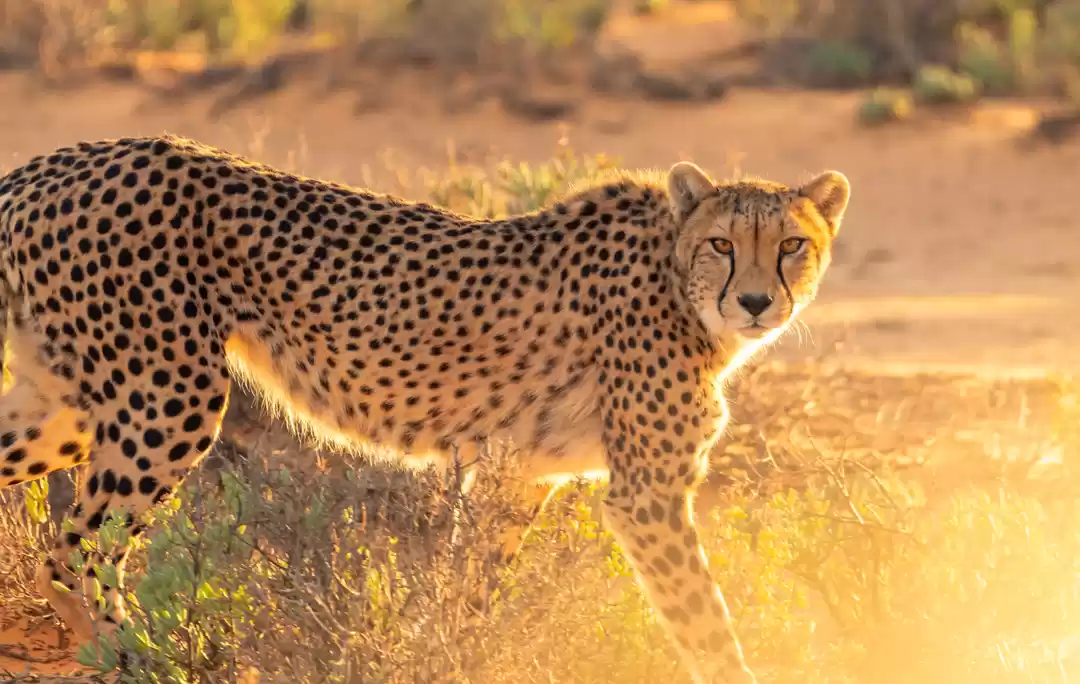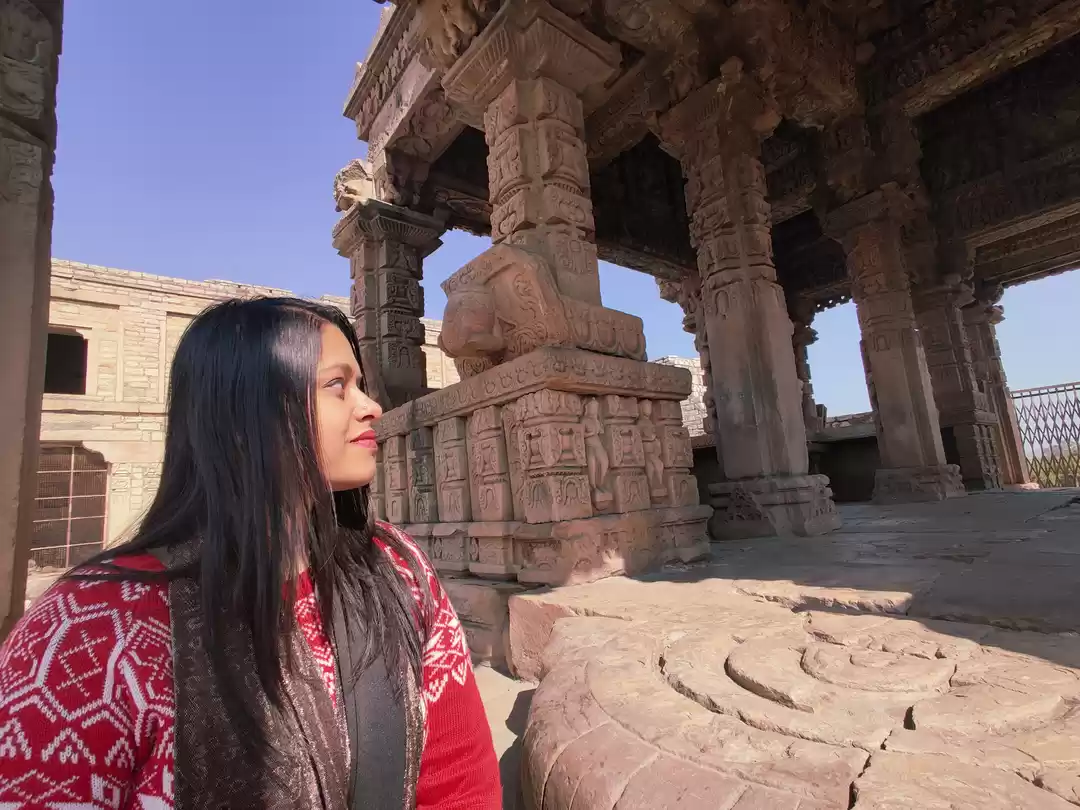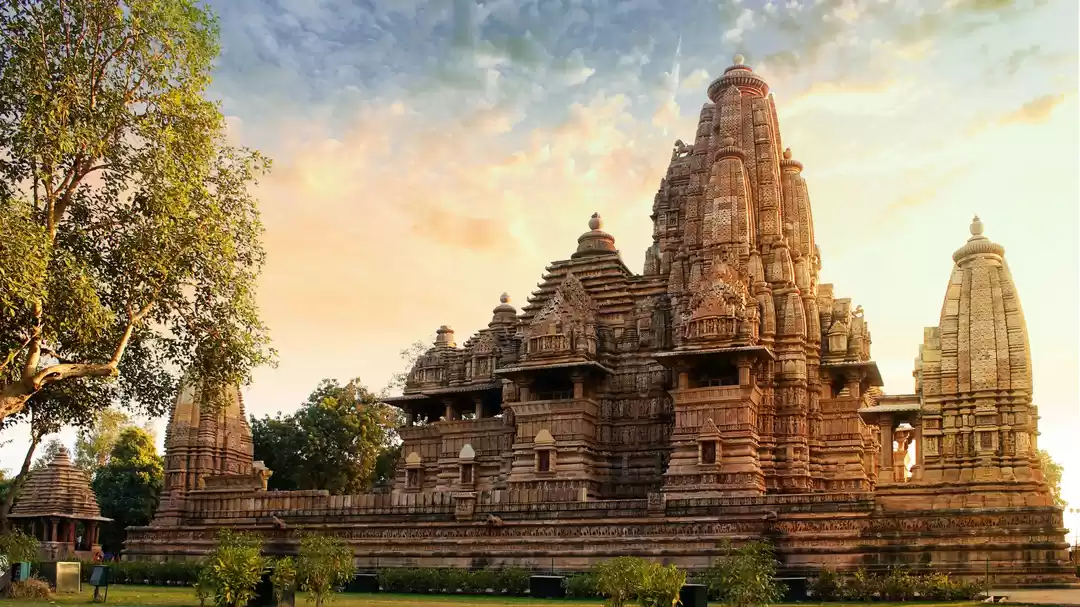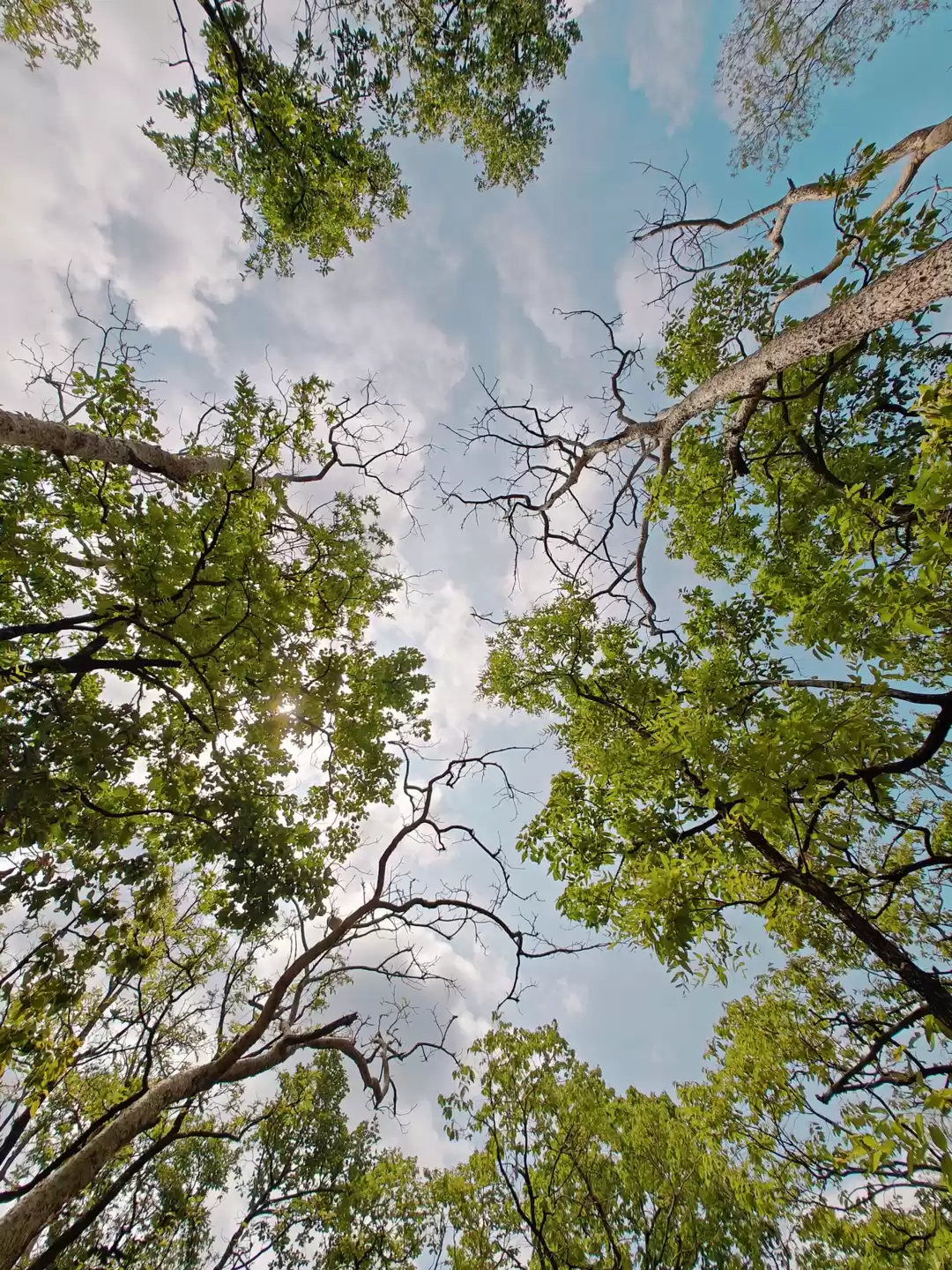
The bizarre discovery made in Central India during the British Rule was in the jungles pf Seoni near Jabalpur. The village was called Sant Vavadi and the wolf child was found by Lt. Moor. The story traveled far and wide and found mention in some of the acclaimed literature. Eventually it reached Rudyard Kipling who was born in India. Using his amazing creativity and imagination he crafted an intriguing tale of life in jungles of Seoni Hills.
The escapades of Mowgli and the wolf pack still reside in our memory lanes and the amazing narration fascinates one and all. It was the film called Jungle Book which made the character of wolf child a global entity. The jungles are now protected for the sake of Sher Khan, Baloo, Baghira and the lot. Now called Pench Tiger Reserve the characters of Jungle Book spring alive on an enchanting journey to Pench. Tourism is organised in the National Park for wildlife enthusiasts and holiday makers who wish to relive in the Kipling Era and rejoice.
Tiger Reserve
The jungles of Seoni Hills now encompass surrounding region of Chhindwara both in Madhya Pradesh and spread into Maharashtra. The whole ecosystem is called Pench Tiger Reserve after the River Pench which intersects the park and is the life line of the ecosystem.
Politically the National Park is divided between the States of Maharashtra and Madhya Pradesh. The latter is also known as MP and Central India. The park has been carved out of remaining jungles full of birds and wildlife. On all sides of the reserves human settlements usually the tribal hamlets are situated. Urbanity is creeping in as townships grow and highways intersect. What was once a remote desolate place is now well connected with the outside World and a part of Central Indian highlands so well illustrated by James Forsyth in his book.
The reserve comprises of core which is inviolate and only the forest staff is allowed to stay. No commercial activity except tourism in twenty percent area is allowed with much regulation. The ravage that took place during the yesteryear has finally come to a stop. And Mowgli Land is secure place for Sher Khan. The tigers thrive in this reserve and their population is growing. The wolf is found in the outside of the reserve aptly called the buffer, sadly it is endangered and threatened by the pool of humanity. Hopefully with the protection accorded to this conservation unit the charismatic canid will make a comeback.
This esoteric land is still captivating with exciting animal watching and birding potential. The River Pench creates an interesting spectacle all along the terrain according panoramic grace to the destination. It is dammed within the park and the dam is called Totlah Doh. This aquatic store is home to muggers, fish, tortoise and turtles besides other aquatic life forms. It is best place to watch wetland and shore birds.
Mowgli is no more but his companions are thriving in this Mowgli Land also known as Kipling Country. The mammals seen here are the tiger, leopard, sloth bear, bison or guar, wolf, hyena, fox, jackal, wild dog or dhole, Nilgai and Chinkara antelopes, sambar, chital and barking deer. Recently a melanistic or black panther has been sighted here.
The targeted species are the tiger, wolf, leopard, sloth bear and wild dog. Bison is found in abundance and easily seen. Most of the herbivores are common besides the wild boar and langur monkey.
There are more than 250 avian species comprising of residents and winter migrants. Exciting forays can be made into the core are of the park on jeep with binocular and spotting scope. Winter is the best time to see the avian species but the resident birds in summer are no less striking. Targeted species are the Indian pitta, Malabar Pied Hornbill, white rumped shama, black rumped flameback, paradise flycatcher, black naped monarch and many more.
Kaa the python is often seen on safari but most of the reptiles are less seen. The deadly snakes are common krait, cobra and the viper mostly active in the night.
The floral biodiversity makes the reserve as enchanting as described in the Jungle Book. Mainly mixed forest zones are encountered along with bamboo. Pench forests are moist dry deciduous type drier than other reserves in Central Indian Highlands.
Tourism is organized in Pench during the whole year but the core area is closed for tourists in the monsoon. This period dates from July to September whence torrential rains creates a slush everywhere and put stop to all tourism activities.
In order to explore this magnificent reserve excursions are organized during the day and late evening. Night safari is organized in the buffer zone subject to timings. For film maker and photographers full day safari is available and is booked at the CCF Office.
In the core tiger safari at Pench is regulated bound by rules. A permit is required to enter the core zone on open jeep and this is a must. The safari permits is booked online at MPOnline Portal belonging to the State. This applies to excursions on Maharashtra side as well and booking is done on their portal.



























